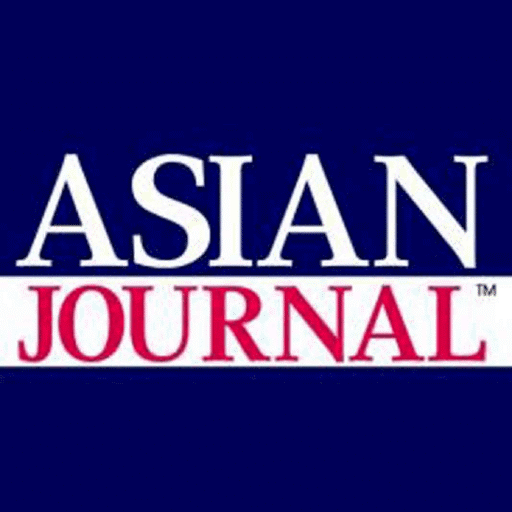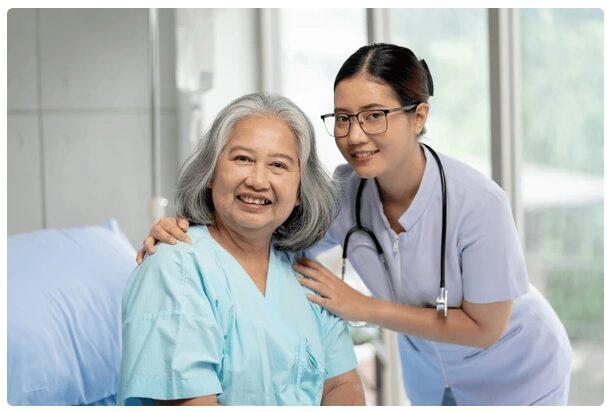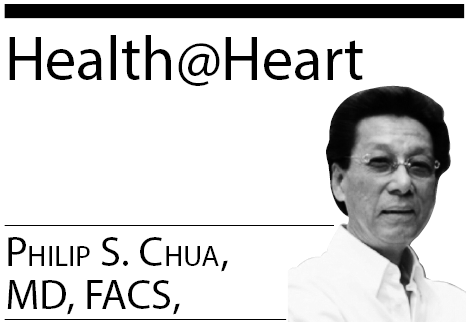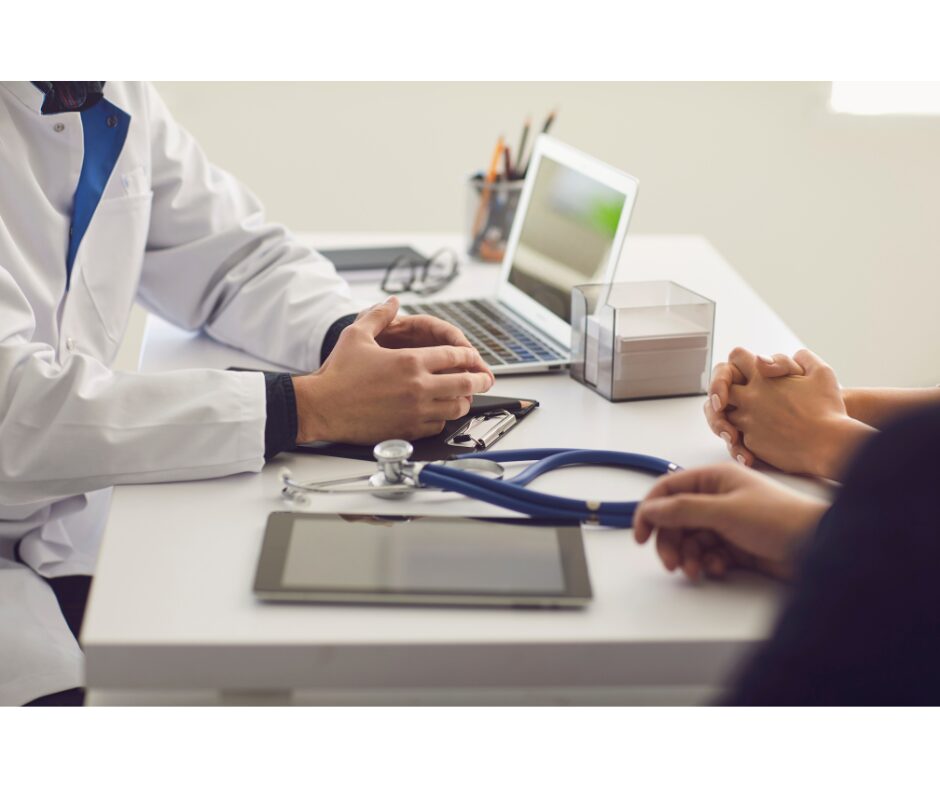In this column, we will aim to raise awareness about osteoporosis, highlighting the importance of early screening and timely diagnosis, with a special focus on older women in the Asian American, Native Hawaiian, and Pacific Islander communities.
<Q1> What is osteoporosis? I heard that Asian American women are facing high risk of osteoporosis.
Osteoporosis is a condition that weakens bones, making them more likely to break. It affects about 54 million adults, increasing the risk of fractures, disability, and loss of independence. 1 in 2 women over 50 will experience a fracture in her lifetime. 2 out of 3 women with osteoporosis and a high risk of fracture will break a bone.
Asian American women are at particularly high risk due to naturally lower bone density and dietary factors. Many Asians are lactose intolerant, leading to lower calcium intake as dairy products, a main source of calcium, are often avoided. Without adequate calcium and vitamin D, bones become weaker, increasing the likelihood of fractures. Despite having one of the highest rates of osteoporosis, Asian American women are less likely to be screened or treated for the condition compared to other populations.
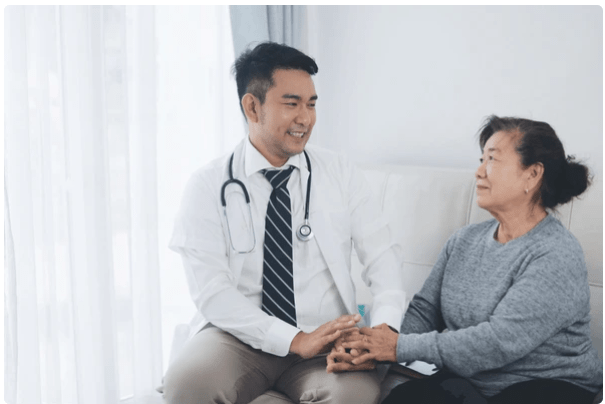
<Q2> What are the hidden dangers of fractures from osteoporosis?
Osteoporosis is more common than people realize. Many times, breaking a bone is the first sign of the condition, so it is often called a “silent disease”. For older Asian American women, who are often caregivers in their families, a fracture can be life changing.
60% of people with osteoporosis never fully regain their independence after a fracture. Many face longer hospital stays, higher surgical risks, and prolonged rehabilitation. Chronic pain and reduced mobility can lead to isolation, depression, and an increased risk of death. Studies show that 32% of people die within a year of a hip fracture, and 10% die within a year of a spinal fracture.
NAPCA is dedicated to improving the quality of life of older Asian American, Native Hawaiian, and Pacific Islander adults. We urge all older adults, especially women, to prioritize osteoporosis screening and treatment to prevent further bone loss and reduce the risk of fractures.
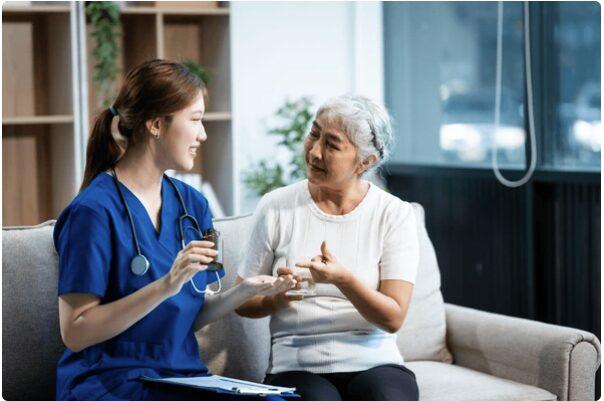
<Q3> What should older AANHPI older women do to learn bone health, screenings, and treatment options?
Osteoporosis is a serious condition, but it is often overlooked in the Asian American, Native Hawaiian, and Pacific Islander communities. While bone density tests are recommended for women 65 and older, fewer than 20% of patients who suffer osteoporosis are properly assessed and treated. According to the National Health and Nutrition Examination Survey, only 7% of postmenopausal women report taking osteoporosis medication.
Older AANHPI adults, especially women, are strongly encouraged to prioritize bone health by undergoing bone density screening every year and treatments to prevent further bone loss and reduce the risk of fractures. If you or a loved one are at risk, speak with your healthcare provider about bone health, screenings, and treatment options to stay strong and independent for years to come. Prevention and early treatment can make a big difference.
If you have questions about public benefits, there are 3 ways you can reach us today:
Call: (English) 1-800-336-2722, (Chinese Mandarin) 1-800-683-7427, (Chinese Cantonese) 1-800-582-4218,
(Korean) 1-800-582-4259, (Vietnamese) 1-800-582-4336
Email: askNAPCA@napca.org
Mail: NAPCA Senior Assistance Center, 1511 3rd Avenue, Suite 914, Seattle, WA 98101
National Asian Pacific Center on Aging (NAPCA) is a non-profit organization dedicated to improving the quality of life of AANHPI older adults and their families. We operate a NAPCA Senior Assistance Center for Older Adults and Caregivers and is available in 5 different languages.
